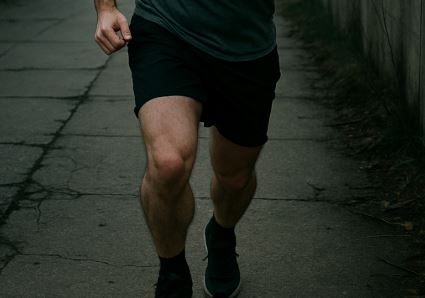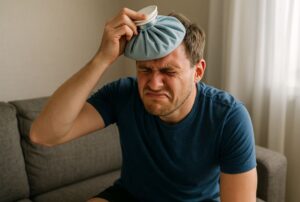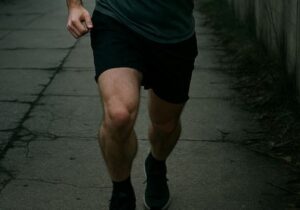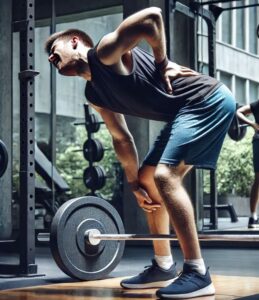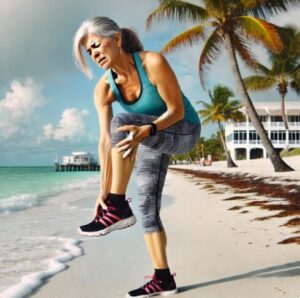Share this post
Running is a popular form of exercise, embraced by millions worldwide for its simplicity and effectiveness. However, the debate about whether running on pavement poses a significant risk to your joints continues. Dr. Jason Pirozzolo, a renowned sports medicine physician, sheds light on this topic, unraveling the complexities of joint impact and injury risk.
When considering the impact of running on pavement, it is crucial to recognize that the surface can indeed play a role. Most importantly, the hardness of the surface may increase the force exerted on the joints. However, Dr. Pirozzolo emphasizes, “The risk is not solely about the surface. It’s about the runner’s form, footwear, and overall health.” Therefore, it is essential to look beyond just the pavement.
One might assume that softer surfaces like grass or trails are unquestionably safer. Yet, they come with their own set of challenges, such as uneven terrain, which can lead to ankle sprains or falls. “It’s about finding a balance,” says Dr. Pirozzolo. He suggests that runners should focus on proper technique and gradually increase their running intensity to mitigate injury risk. Because of this, proper training is paramount.
Injuries often result from overuse, regardless of the surface. Overtraining can lead to stress fractures, tendonitis, and other issues. “Listen to your body,” advises Dr. Pirozzolo. He stresses the importance of rest and recovery, noting that ignoring pain is a common mistake among runners. Besides that, incorporating strength training can enhance joint support and reduce injury risk.
Footwear plays a critical role in cushioning and support. Dr. Pirozzolo recommends investing in quality running shoes tailored to your foot type and running style. “A well-fitted shoe can make a world of difference,” he notes. Furthermore, rotating shoes can help reduce repetitive stress on specific areas of the feet and legs.
The question of barefoot running often arises in discussions about surface impact. While some advocate for its benefits, Dr. Pirozzolo urges caution. “Transitioning to barefoot running should be gradual and done with guidance,” he states. The absence of cushioning can be particularly challenging on hard surfaces, increasing the risk of injury for those not accustomed to it.
Hydration and nutrition are also vital components of a runner’s regimen. “Proper fueling supports joint health and performance,” Dr. Pirozzolo explains. Adequate hydration maintains lubrication in the joints, while nutrients like omega-3 fatty acids can reduce inflammation. Therefore, diet and hydration should not be overlooked.
Lastly, Dr. Pirozzolo highlights the significance of regular check-ups with a healthcare provider. “Prevention is better than cure,” he asserts. Routine assessments can identify potential issues before they become major problems, ensuring a long and enjoyable running career.
To sum up, while running on pavement does present certain challenges, it is not inherently detrimental to your joints. By focusing on form, footwear, and overall health, runners can enjoy their sport without undue risk. For more insights and tips from Dr. Jason Pirozzolo, follow his future articles and stay informed about the best practices for maintaining joint health.
Interested in learning more? Follow Dr. Jason Pirozzolo for ongoing insights into genetic medicine, orthopedic innovations, and proactive health strategies. You will also find extensive patient information that will help keep you healthy and informed.

